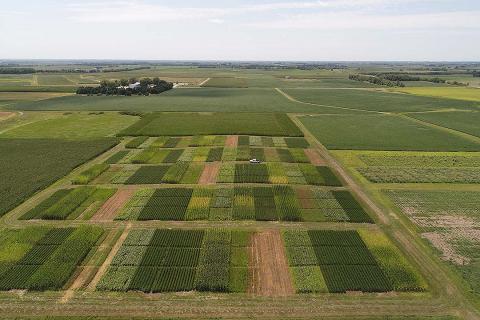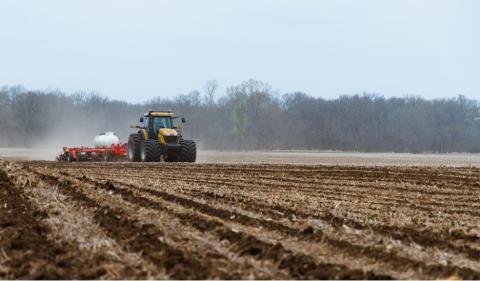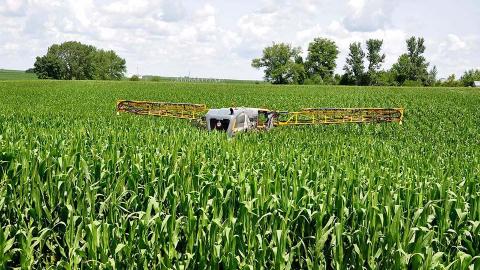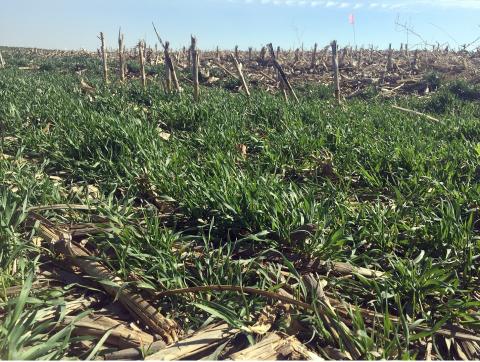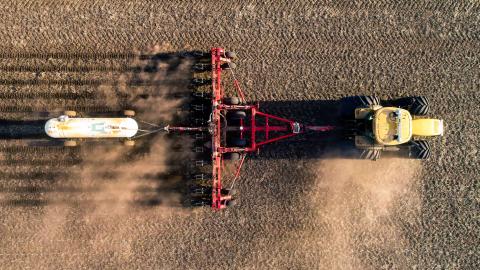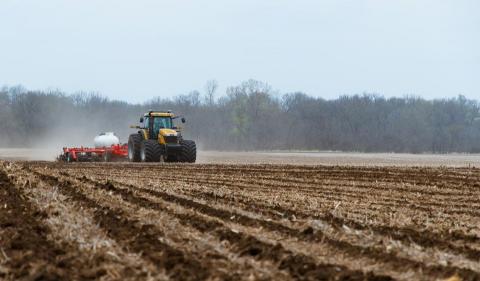Optimize your Nitrogen Investment with Precision Agriculture Technologies
October 28, 2021
In a growing season with high fertilizer prices like the upcoming 2022, varying the amount of N within the field could result in cost savings and yield increase, boosting your overall field profit.
More Diverse Crop Rotations Improve Yield, Yield Stability and Soil Health
October 25, 2021
Results from a long-term rainfed no-till crop rotation and nitrogen (N) fertilizer systems study, which concluded that crop rotation has more agronomic and soil benefits compared to fertilizer-N alone.
Now is the Time to Use the Nutrients You are Banking in Your Soils
October 20, 2021
With the recent increase in fertilizer prices, it is more important than ever to use the right amount of fertilizer to maximize the economic returns. Applying too little or too much fertilizer can result in substantial economic loss.
Fertilizer Prices Forecasted to Continue Increase: What to Know
October 20, 2021
With nitrogen prices predicted to continue increase in the coming years, now is a great time for producers to work on their fertilizer use regime.
Refine your Wheat Nitrogen Management through On-Farm Research
September 16, 2021
Are you interested in how agriculture technologies can improve nitrogen management on your farm?
Using Cover Crops to Reduce Nitrate Leaching in the Waverly Wellhead Protection Area
August 3, 2021
Nebraska Extension research on growing cover crops to reduce nitrate leaching and improving soil resilience in Nebraska communities where groundwater nitrate concentration in municipal wells is rising.
Evaluation of Nitrification Inhibitors through the Nebraska On-Farm Research Network
April 7, 2021
This article summarizes the results of 10 on-farm research studies that evaluated similar inhibitor products. as part of the Precision Nitrogen Management on-farm research project.
Q&As on Nitrogen Investment in Corn This Year
March 31, 2021
Most of Nebraska was drier than normal in 2020, which means a potential increase of residual nitrate-N. As such, producers may need to reduce fertilizer-N rates for 2021 — but how much is enough?

